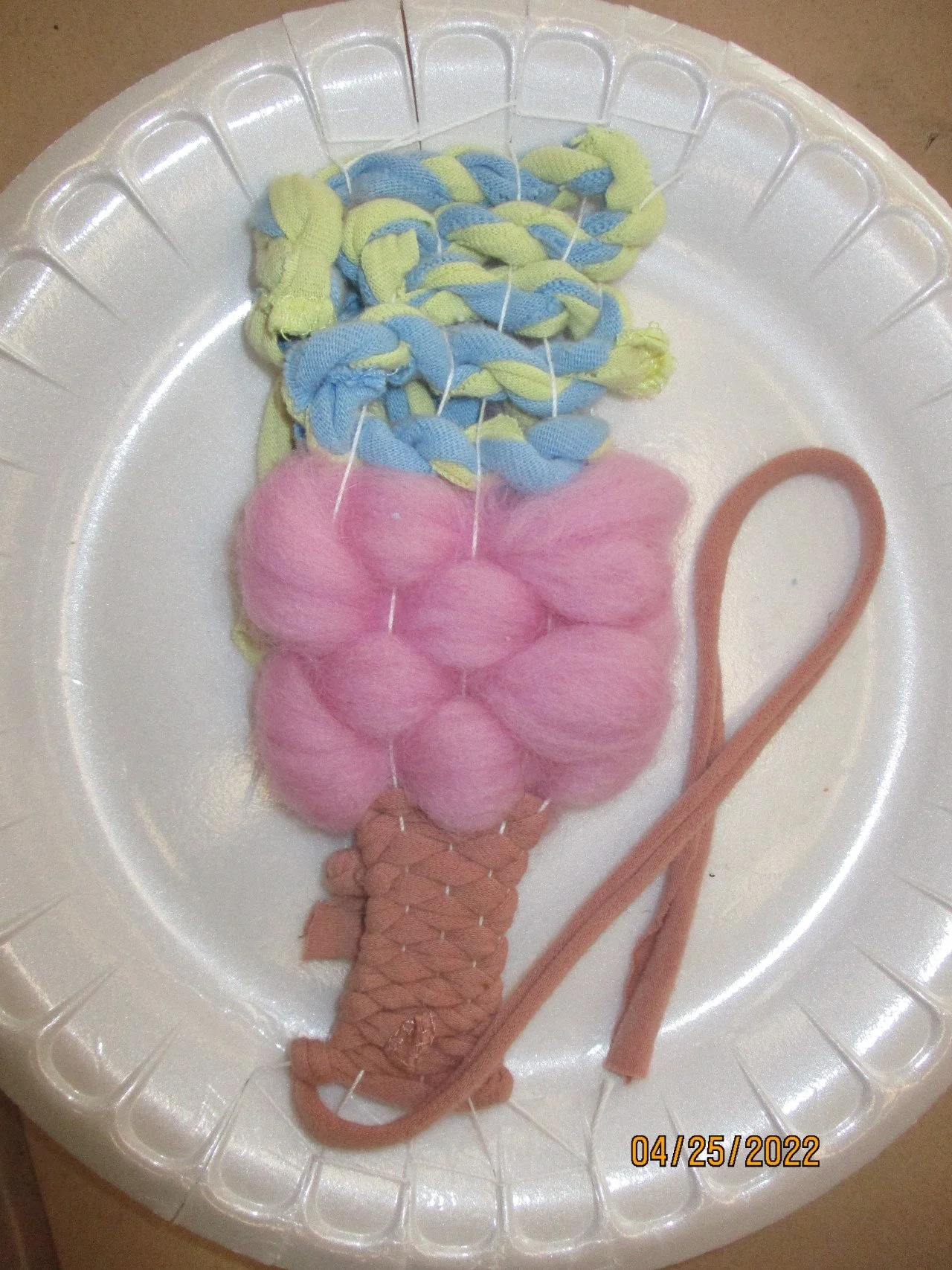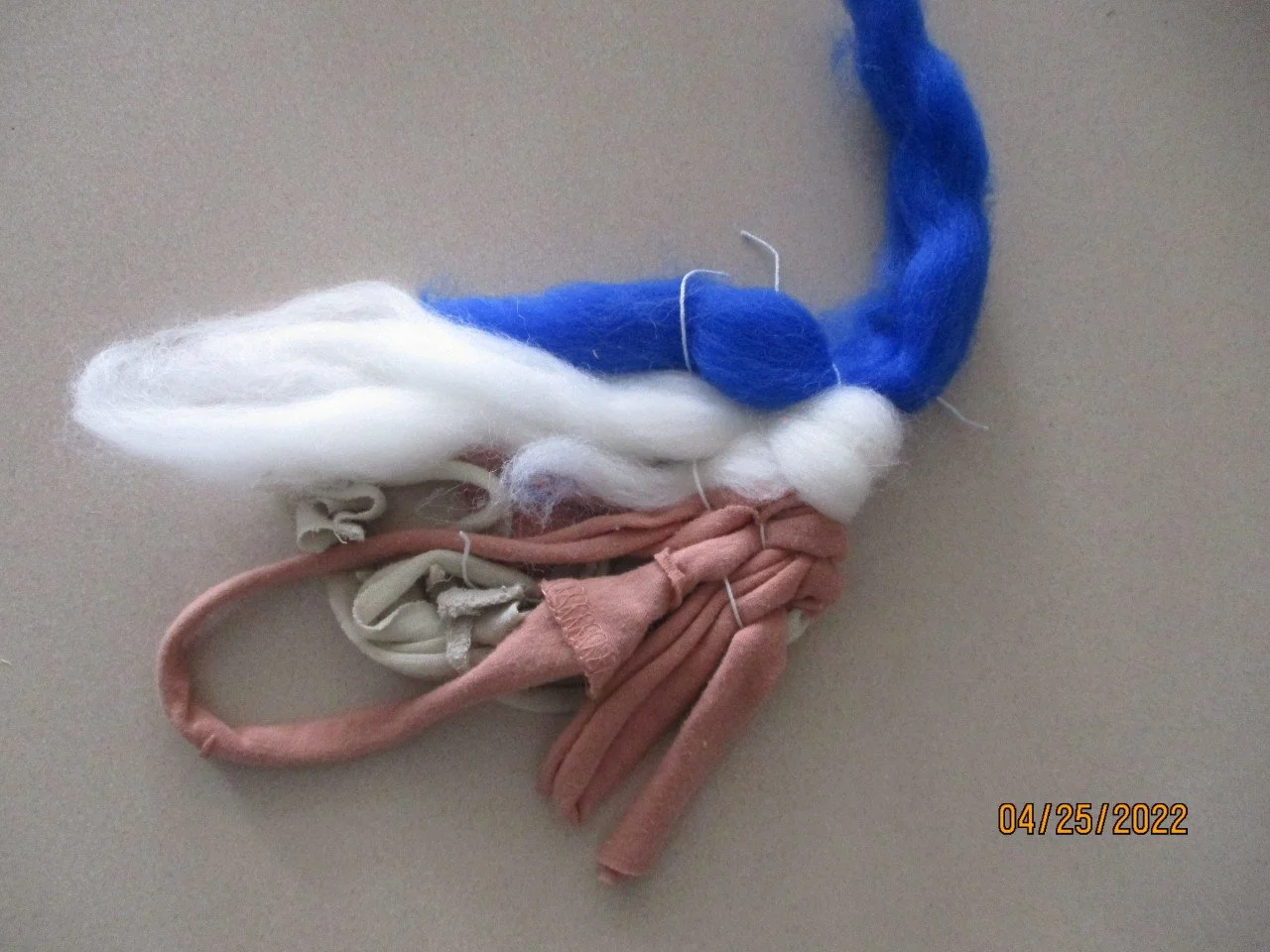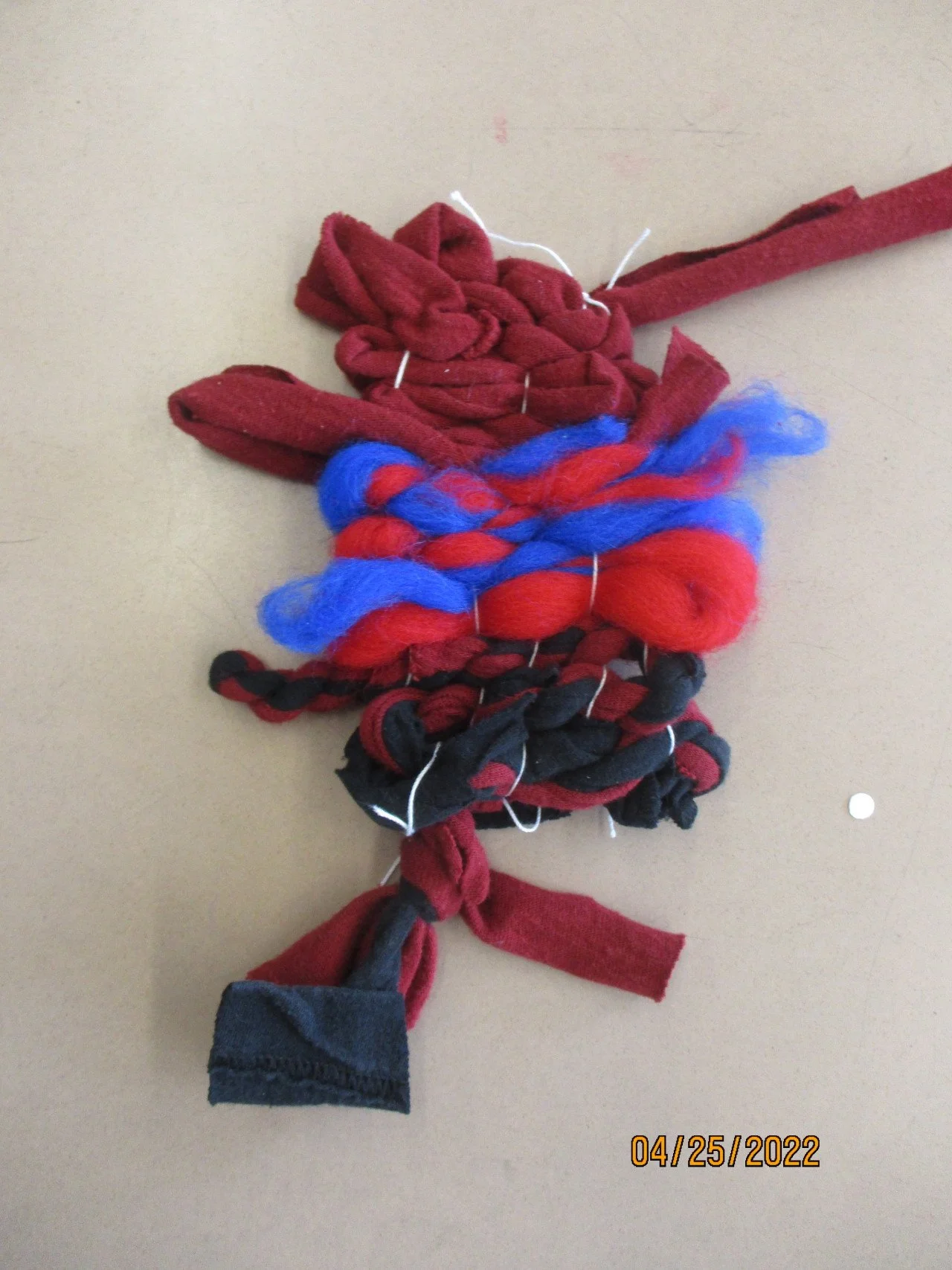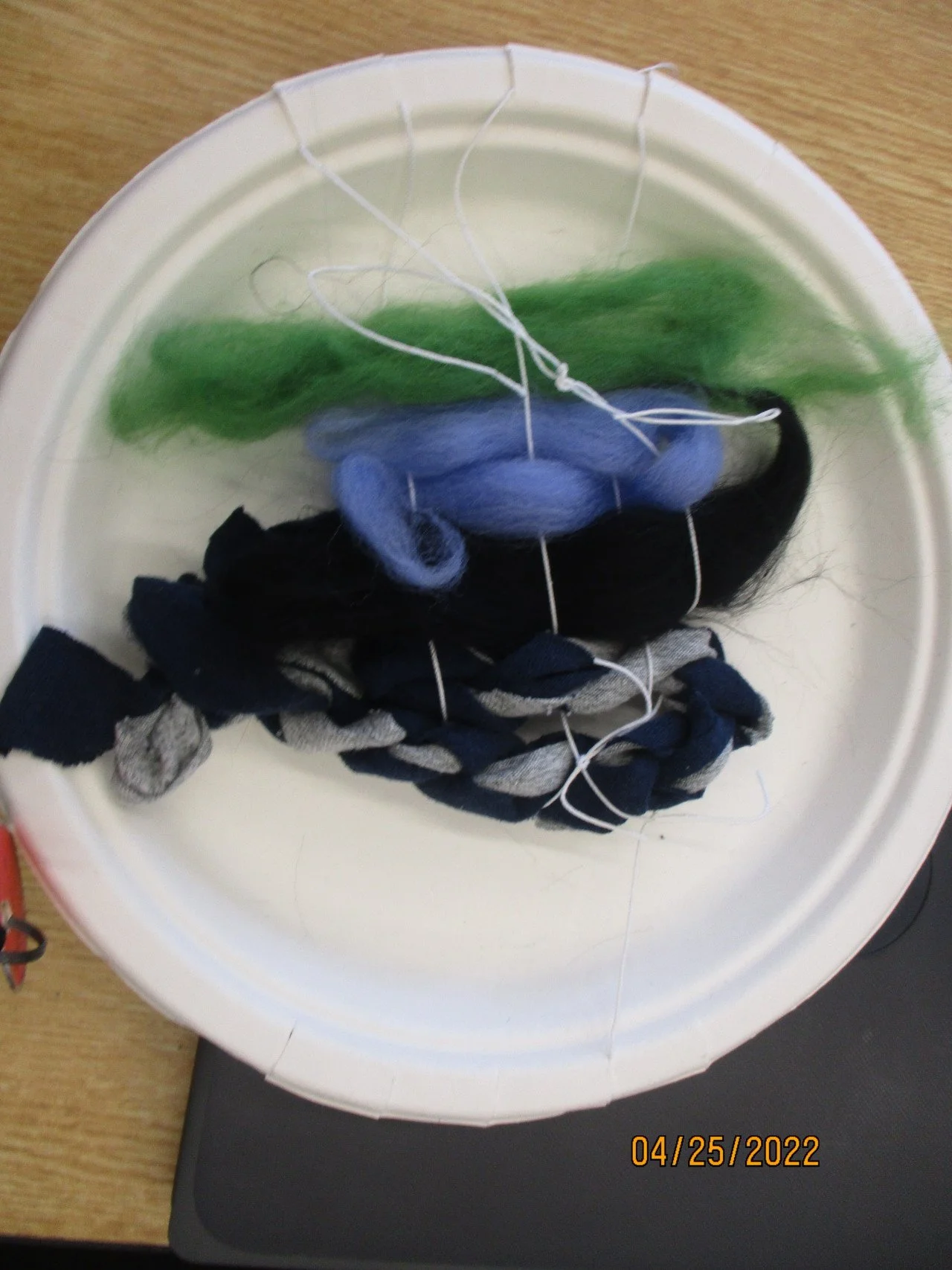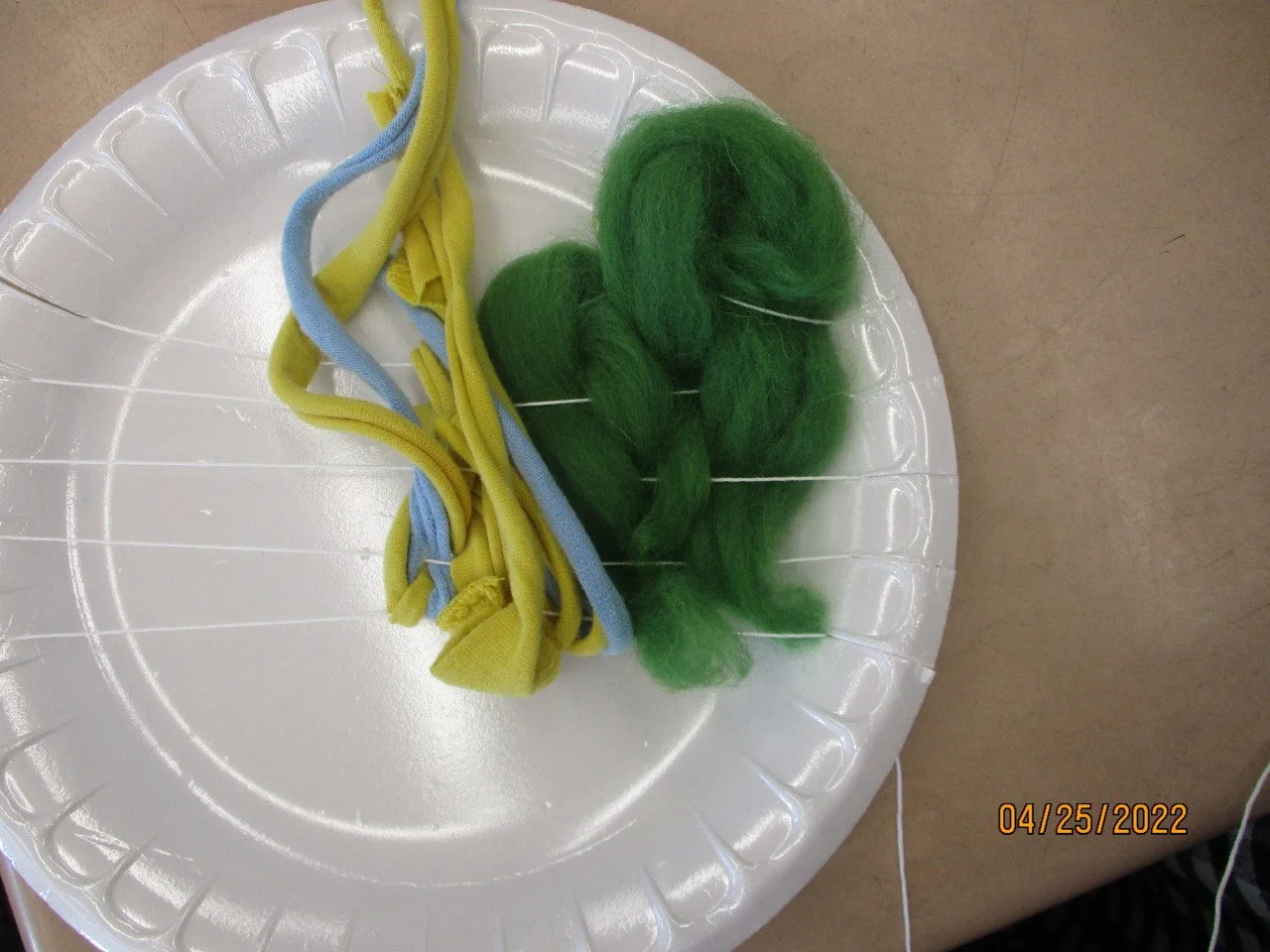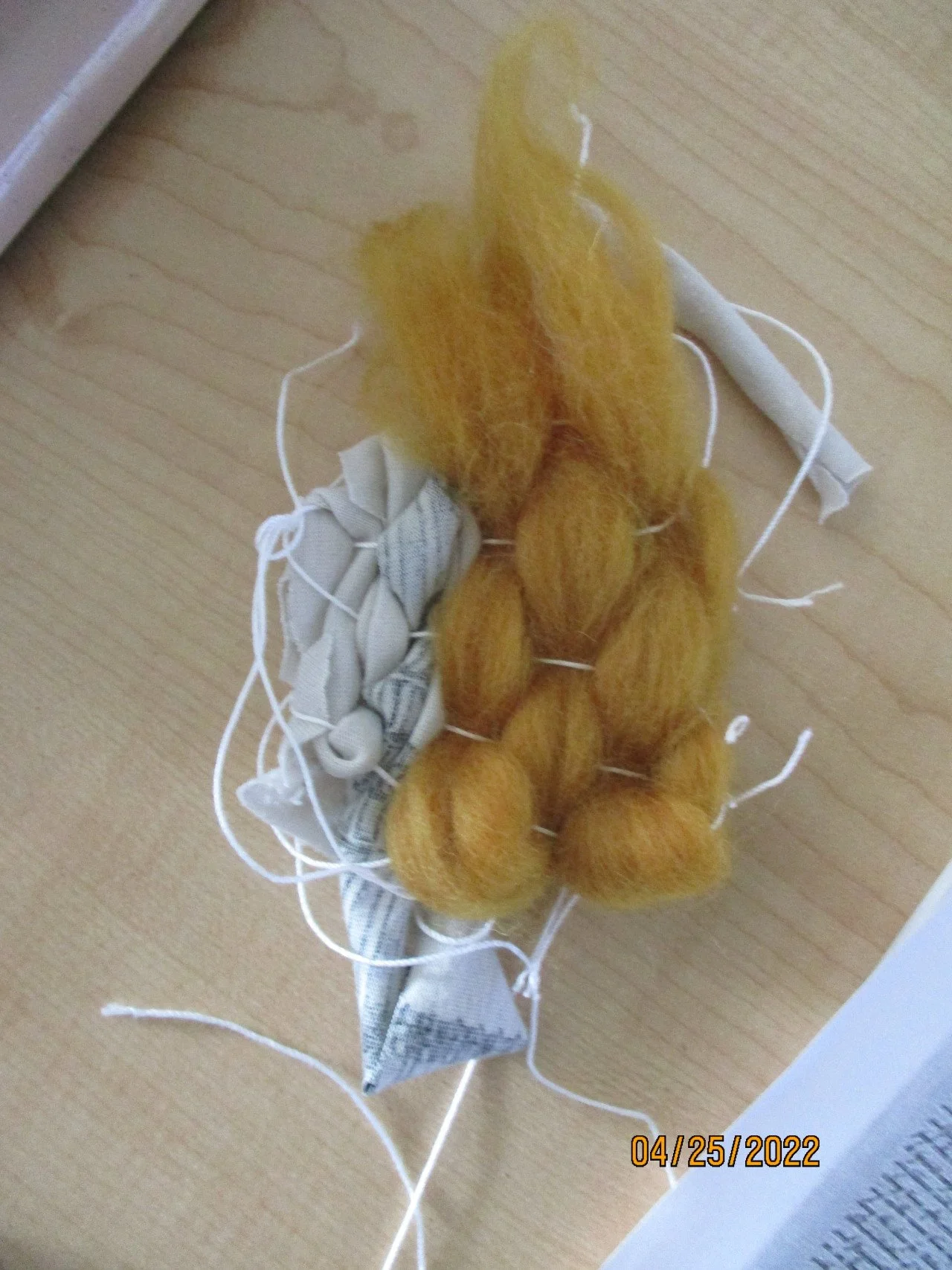Weaving and the Industrial Revolution
ISL Uptown
4th Grade Social Studies
Ms. Eliza, Mr. Jean, Ms. Geraldine, and Ms. Sonia
In 4th grade Social Studies at ISL Uptown, students have been learning about the Industrial Revolution and how it changed the landscape of the US and the world. A few technological innovations that had a huge impact during this time period were the spinning jenny and the mechanized loom. To learn about the importance of these inventions, I introduced students to rope making and weaving. In the first section of this class, I introduced students to the art form of textile art- creative fashion runway shows, unique home goods made from textiles, fabric collage, installation art based on textiles and more.
The next class we learned about the Spinning Jenny and its impact on the textile industry. We learned about spinning by creating rope by twisting together yarn made from cut-up t-shirts. After we made the rope, I had students reflect on the process. If they liked the handwork of it or if they would prefer a machine to do the work for them. The students were really able to grasp the concept and the physical movements of this process. One student said “I liked this assignment because I am good at video games and can do this motion very easily.”
The next class we learned about weaving. We watched a video explaining how looms were revolutionized during the industrial revolution and how that impacted both the cottage industries as well as the textile industry. We handed out pre-cut paper plate looms and showed students how to warp them using string. We then wove the rope that we made along with extra cut up t-shirt yarn and roving. This was an intricate process and I encouraged students to help each other out during difficult moments. One student said ““I liked this project because we got to weave and we got to help our friends.”
When leading reflections about this project, I guided students towards reflecting on the process of weaving and rope-making- what part of the process did they enjoy the most? What part of the process was difficult? I also asked if they could envision themselves doing this process everyday or if they would prefer a machine to help out. I think this allowed them to reflect on the importance of the industrial revolution and their own process as artists. Their work was beautiful, colorful, and textured!

